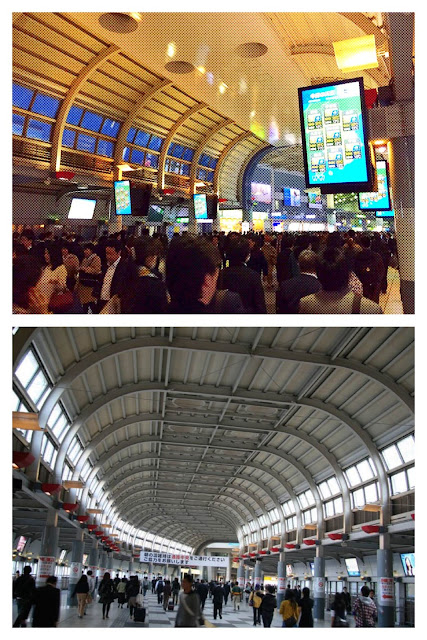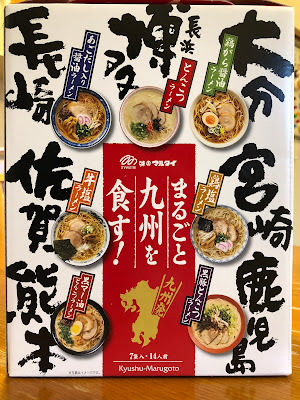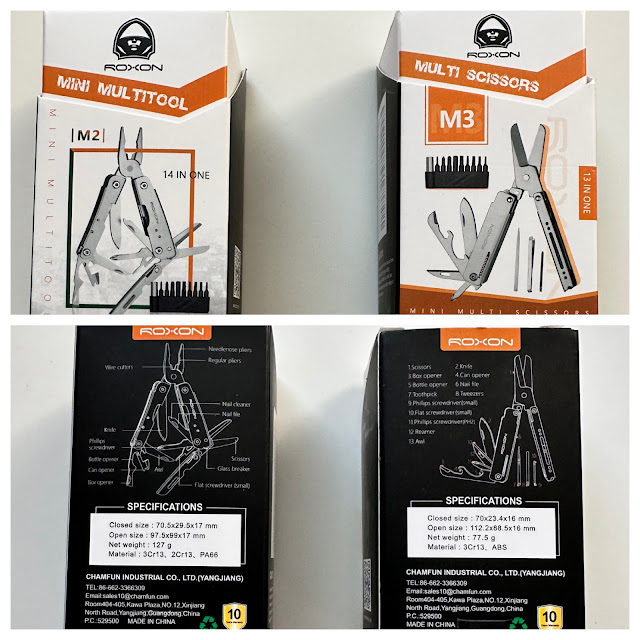Rush Hour - Tokyo Intro: Experience #32 of 55
Rush hour in Tokyo is a sight to behold. Stand to the side of a busy train station passageway connecting different train lines to see an endless rush of people heading to or from work. It is a sea of humanity and rail transit at its most efficient. The Tokyo train system moves 40 million passengers per day throughout the greater Tokyo area. Busiest times are usually between 7 AM to 9 AM in the morning. and 5 PM to 8 PM at night depending where you are.
In the main east-west passage at Shinagawa Station you can watch a sea of black suits flowing like the tides twice a day down the main east to west passage. At Shibuya Crossing, there are masses of people flooding the intersection there from five directions to cross as the scramble crossing. If you are underground at Shimbashi Station, look out for people transferring train lines as commuters race from one train platform to another train platform to do their transfers. Don't be an obstacle as many commuters have it timed to the second to make their next train. This list can go on and on.
When you are boarding trains at these times, this is when the train cars are possibly packed to 250% capacity, which means people are squished like sardines in a can, and when the station conductors wearing white gloves push people in to close the train doors. The trains need to run on time, as they are scheduled very tightly, with only two or three minutes between them at peak times. Not all train lines are like this, but the most crowded one is the Tozai Line, followed by the Chuo-Sobu Line. Commuters know what train car they want to board, and how long it takes to get to the next train on a transfer, so even they are well timed.
 |
| Shinagawa Station Main Passage |
In the main east-west passage at Shinagawa Station you can watch a sea of black suits flowing like the tides twice a day down the main east to west passage. At Shibuya Crossing, there are masses of people flooding the intersection there from five directions to cross as the scramble crossing. If you are underground at Shimbashi Station, look out for people transferring train lines as commuters race from one train platform to another train platform to do their transfers. Don't be an obstacle as many commuters have it timed to the second to make their next train. This list can go on and on.
When you are boarding trains at these times, this is when the train cars are possibly packed to 250% capacity, which means people are squished like sardines in a can, and when the station conductors wearing white gloves push people in to close the train doors. The trains need to run on time, as they are scheduled very tightly, with only two or three minutes between them at peak times. Not all train lines are like this, but the most crowded one is the Tozai Line, followed by the Chuo-Sobu Line. Commuters know what train car they want to board, and how long it takes to get to the next train on a transfer, so even they are well timed.
Back to Tokyo Intro - 55 Cool Sights and Experiences for Visitors
Follow me on Twitter a @Tostzilla or my feedburner.
More cup noodle / instant ramen reviews and Japanese pop culture.











Comments
Post a Comment